Myanmar’s junta expected to consolidate power within a few days of their Feb. 1, 2021 coup d’etat. Nearly three-and-a-half years on, they continue to lose territory. They never had any legitimacy to lose.
The military have always acted as if time was on their side. But that’s no longer the case, and there are signs that the junta is moving with urgency – in ways that will bring even more suffering and indiscriminate killing upon the majority Bamar heartland.
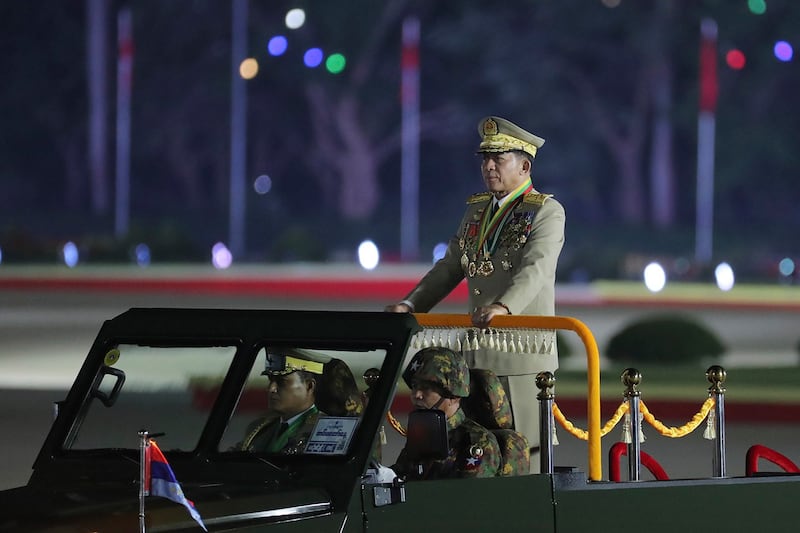
First, the churn of senior officers has intensified as junta chief Senior Gen. Min Aung Hlaing replaces under-performing officers with eager and ambitious sycophants. In the latest reshuffle, some 30 officers were reassigned; five major generals were relieved of their command.
Min Aung Hlaing remains in control and Soe Win, rumored to have been injured by an opposition drone strike, is back. If there is opposition within the ruling State Administrative Council, the formal name for the military junta, to their leadership, it has not made itself manifest.
Second, the economy continues to weaken, hobbled by soaring inflation, a devalued currency, capital flight, and a collapse in foreign investment. Food insecurity is growing, with a benchmark basket of staples having gone up 270% since the coup.
A sharp downturn in government revenue collection also limits the junta’s ability to wage a prolonged conflict. The unlikelihood of a recovery in the near term is forcing the junta to be more aggressive.
Third, given losses on the ground and defections, the military has stepped up their reliance on aerial bombardment and long-range artillery strikes.
Related stories
[ China-brokered ceasefire ends in northeast MyanmarOpens in new window ]
[ Junta troops arrest hundreds following forced relocations in western MyanmarOpens in new window ]
[ Myanmar’s junta takes desperate measures to stem capital flightOpens in new window ]
Airstrikes terrorize population
Between January and May, the regime launched nearly 2,000 airstrikes, largely against civilian targets. While insufficient to retake or hold territory, airstrikes are meant to crush public support for the opposition.
Given the limited number of aircraft, tempo of operations, and shortage of spare parts, air attacks have exceeded predictions, but this is not sustainable in the long-term.
Fourth, the junta is throwing additional resources into holding the cities.
The military may have lost effective control over half of the country, including 60 towns and small cities, but they still control nearly two-thirds of the population of 55 million.
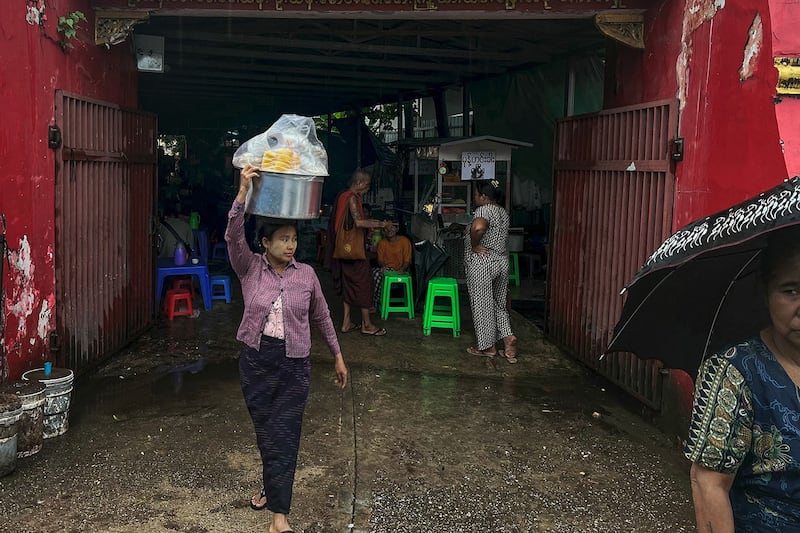
The military launched an offensive to retake Loikaw, the Kayah state capital which Karenni National Defense Forces had partially taken in early 2024. The military has taken partial control but efforts to reinforce its troops from Hsihseng township in southern Shan state have met with resistance.
Likewise, while the Arakan Army now controls almost the entire north of Rakhine state, the junta has been reinforcing troops in the state capital Sittwe by sea, making the city’s fall unlikely in the near term.
Urban operations remain very costly for the opposition. A recent plot to target Min Aung Hlaing, during the opening of a Japanese-funded bridge, resulted in the arrest of a 13-member cell.
Ceding the borderlands
It's important to also look at what the junta is doing to better position itself for the next phase of the conflict. There are operational and logistical moves underway.
Short on personnel and resources, the military has largely ceded the ethnic dominated regions along the borders for the short term.
The military’s losses in the border regions are enormous. Ethnic resistance organizations and people’s defense forces have captured 218 military camps between January to May 2024. The conquests included 63 in Rakhine, 103 in Kachin, 19 in Shan, 12 in Kayin, eight in Chin, four in Mandalay, three in Mon, two in Tanintharyi, and one each in Kayah, Magee, Bago, and Sagaing.
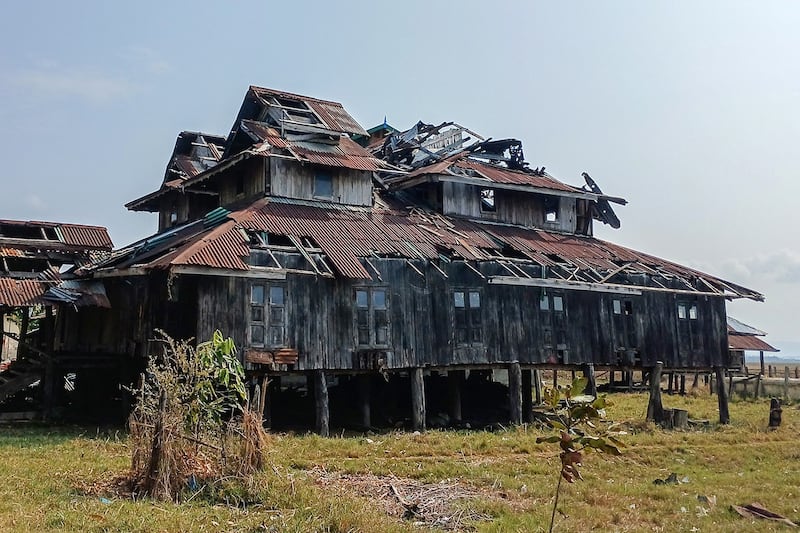
The Irrawaddy online news site reported that opposition forces have taken 74 battalion headquarters around the country, as well as one of 12 military region headquarters.
The resistance controls most of the border regions and almost all border crossings. The Kachin Independence Army recently captured their state’s final crossing.
The military’s priority is the Bamar heartland, and they have fought with intensified ferocity in Sagaing, Magwe, Mandalay, and other regions to crush ethnic Burmese opposition.
Once that is achieved, the military will no longer worry about vulnerable supply lines across the country’s central dry zone and can then mount counter-offensives in each region, at a time of their choosing; a return to their traditional divide and conquer strategy.
Critical roads and border towns
That leads to the second major junta initiative: The military is determined to regain control over the critical roads to Muse and Myawaddy, the major trading cities on the Chinese and Thai borders, respectively.
The military has been making slow, yet determined progress through the Dawna mountains to retake control over the Asia Highway 1 to Myawaddy on the Thai border. The opposition has put up stiff resistance, but the military has thrown a lot of troops into this.
The junta has recently stepped up air and drone attacks in northern Shan state against the Ta’ang National Liberation Army (TNLA), despite a Chinese-brokered ceasefire.
The Three Brotherhood Alliance of ethnic armies reportedly sent a delegation to Naypyidaw to protest the ceasefire violations. But, the junta appears to be building up their forces in Lashio, northern Shan’s largest city, for an offensive to reopen Highway 3 to Muse. It has destroyed roads to block TNLA reinforcements.
Facing shortages of foreign exchange, the military has stepped up domestic arms production.
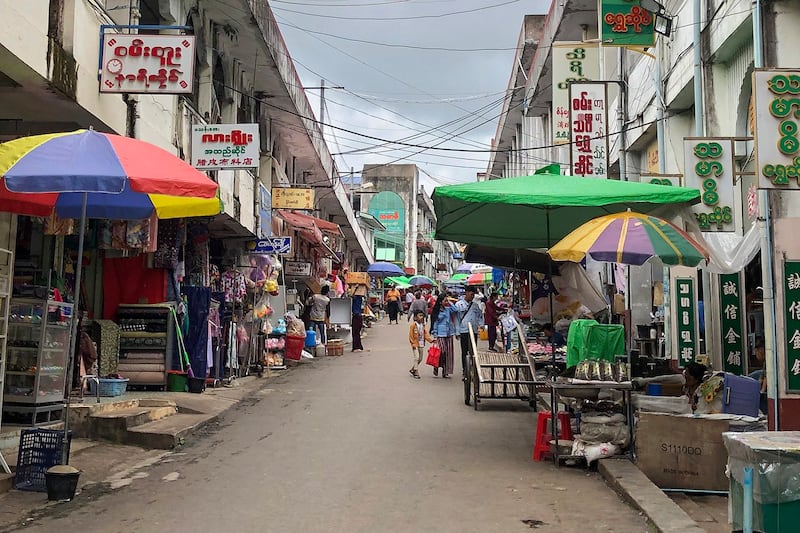
Largely located in the Bamar heartland around Magwe, these defense factories have remained out of reach of the opposition National Unity Government and the ethnic resistance organizations.
In addition to small arms and munitions, these factories also produce 250-lb and 500-lb gravity dropped bombs.
Mass civilian casualties
In a forthcoming report, the Special Advisory Council-Myanmar, an independent expert group, documents China's assistance in producing new munitions. China North Industries Group (NORINCO), the sprawling state-owned conglomerate, appears to have provided prototypes and manufacturing processes to produce fuel air explosive (FAE) aerial bombs.
Often referred to as thermobaric weapons, the bombs are believed to have been dropped on Pa Za Gyi village in Sagaing, in April 2023, an attack that killed more than 165 people, including children.
The report, which is a follow up to a January 2023 study on the Tatmadaw's defense production capabilities, finds that China has also dispatched technicians to assist in production.
Given the military’s strategy of terrorizing the population into submission, the junta should be expected to increase their use of these indiscriminate weapons, with the likelihood of mass civilian casualties.
The domestic arms production does not mean there has been no new imported weaponry. Reuters documented the deployment of Chinese drones into the SAC's ranks. Local production of Chinese-designed drone-specific munitions has already started.
The military will continue to train drone operators and integrate them into their front-line units. This was seen on June 19, when a military drone attacked a TNLA position in northern Shan state, killing four people.
Another prong of the renewed campaign is the junta’s intensification of their conscription program, as well as the call-up of retired officers.
Despite the opposition's targeted killing of over 80 conscription administrators, the military appears to be on track to meet its monthly target of 5,000. RFA-Burmese has reported that preparation for the conscription of women has begun in the Tanintharyi and Bago regions.
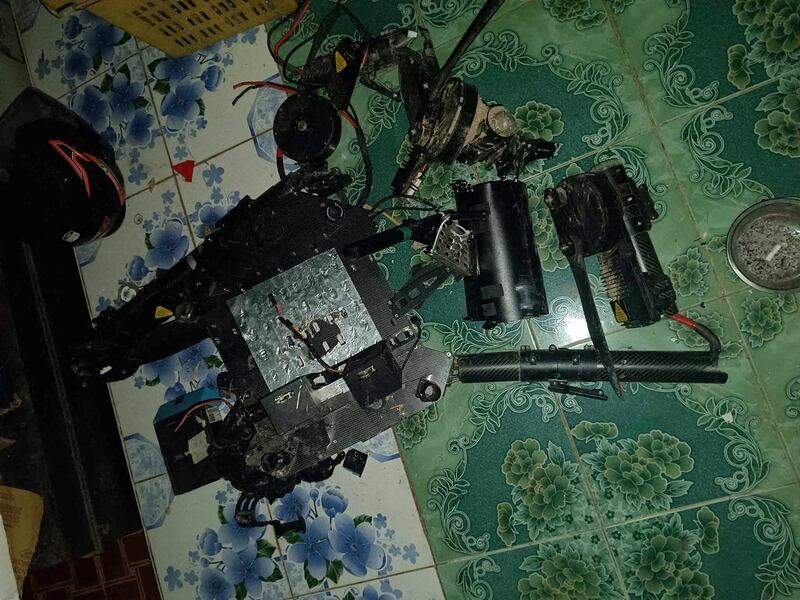
While the majority of the conscripts are hastily trained and poorly motivated, and veterans can be as old as 67, they free up experienced personnel and can be used as human shields and porters.
In war, quantity is its own quality.
The junta’s continuing build up of logistics and personnel point to more assaults in the Bamar heartland and an intensified offensive to retake border trade routes.
Zachary Abuza is a professor at the National War College in Washington and an adjunct at Georgetown University. The views expressed here are his own and do not reflect the position of the U.S. Department of Defense, the National War College, Georgetown University or Radio Free Asia.
